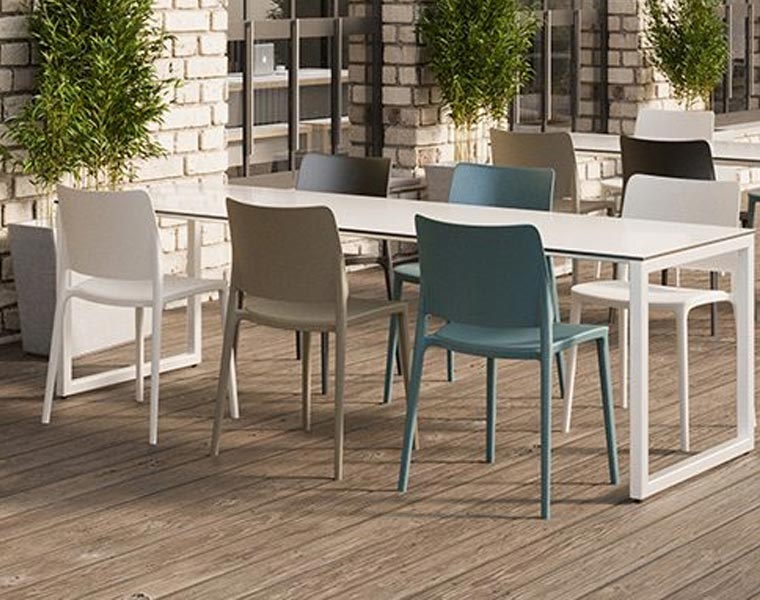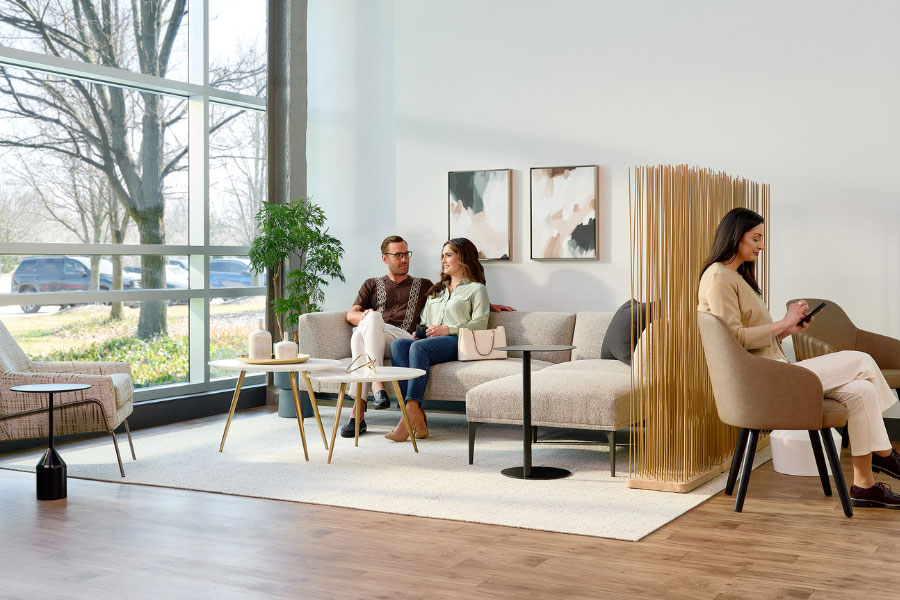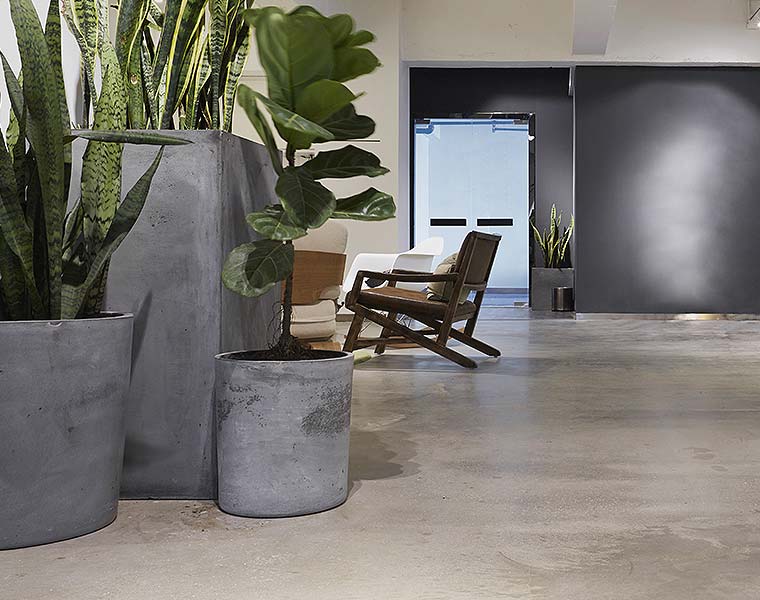The Big Smoke. Capital of the North. Steel City. Chocolate City. Cottonopolis. All endearing nicknames for the UK cities we know and love. It’s Manchester and Liverpool that Penketh Group calls home – or should we say, The Rainy City and The Pool of Life. For so many, these cities are the epicentre of life’s activities. It’s where we work, where we play, and where we explore who we are as businesses and people.
But over the decades, these cities have been devouring up our green spaces in favour of cosmopolitan colonisation and ‘concrete jungles’. In more recent times, environmental advocates have been doing a lot to raise awareness of the importance of maintaining green spaces – for both the planet and its people – even introducing the concept of ‘urban green’ (inner-city gardens, sports pitches, parks, etc.)
According to Essential Living’s The Green City Index, Central London is the UK’s greenest city, closely followed by Birmingham, Leeds, Cardiff, and Glasgow in terms of Green Space Score. Liverpool and Manchester both fell around the midway point, with plenty more work still to be done to increase green spaces within the cityscape.
The Green Space Score is marked out of 60 and takes 6 main factors into consideration:
- Number of parks
- Number of gardens
- Number of nature & wildlife areas
- Number of playgrounds
- Bodies of water
- Number of forests
In this article, we offer some pearls of wisdom on how and where you can find sanctuary in green spaces, despite living in an urban landscape, by simply shifting your approach to interior design and day-to-day practices.
We also take a look at why doing this is so important and the profound impact having a connection to nature has on physical health, mental wellbeing, and professional performance.
How to spend more time ‘outside’ during the working day
Here are a few simple adjustments you can make to your everyday practices and physical working environment to ensure that you’re (quite literally) opening the door to natural elements and allowing them to improve both your professional and personal lives:
Biophilic interiors: design inspired by nature
We’ve spoken many times before about the benefits of weaving biophilic elements into your space design but for those new to the concept, here’s what that actually means:
Biophilia is the innate human connection to the natural world. Biomimicry describes the process by which something – in this case, interior design – imitates elements of nature, such as textures, processes, or systems so that we can feel closer to nature. In the context of your workspace, it’s all about making the indoor environment feel as close to the natural habitats outside as possible.
Ways you can introduce biophilic elements in your space include:
- Plants, plants, and more plants!
- Natural, raw and organic materials and/or fabrics (such as wood, stone, cotton, bamboo).
- Living walls (also known as live walls).
- Facilitating as much natural light in the space as possible.
- Colour schemes that stay close to nature (earthy greens, neutral shades, calming blues).
Incorporating biophilic features helps to:
- Reduce fatigue
- Boost oxygen levels
- Support cognitive function
- Improve mode (and increase happiness)
- Keep indoor air quality clean (an integral part of the multi-sensory space)
- Reducing stress and anxiety
- Keeping eye strain and headaches at bay
Outdoor settings as part of the workspace ecosystem
As we mentioned earlier, Manchester is often (not so fondly) referred to as The Rainy City for reasons that really require no explanation, and well, we all know how unpredictable the Great British weather forecast can be. But don’t let that curtail you from investing in the creation of an outdoor working area.
Even if it’s just a small space with picnic-style benches, simply giving employees the choice to head outdoors to hold a meeting, take a phone call, or even just get some fresh air and quiet time away from the melee indoors will do wonders for wellbeing and productivity levels.
Not only does offering outdoor work settings as part of a wide ecosystem of neighbourhoods and microenvironments contribute to all of the same health and performance benefits listed above for biophilic design, but they also help bolster:
- Attraction and retention of talent, who want to know their employee cares about their wellbeing.
- Less absenteeism as employee health and job satisfaction both improve.
- A positive company culture that inspires more collaboration, motivation, and morale.
Keep reading: The benefits of outdoor workspaces >>
Meetings in the great outdoors & alfresco collaboration
As a result of the events of the past year or so, the world’s workforce has become way more flexible and way less static. Employees now have considerably more choice and control around where, when, and how they work.
That means getting into the great outdoors as part of your working day has never been more viable than ever. No longer do you have to wait for lunchtime to roll round to breathe in fresh air and take advantage of the cognitive benefits of being close to nature. You can now do it on the clock (in many companies).
So, if a design update or a refurbishment of your workspace’s outdoor area isn’t on the cards right now, finding more green spaces is something staff can simply take into their own hands. This might involve taking a quick walk around the block for an impromptu idea-sharing session, or it could be a scheduled strategy meeting in a more rural, outdoor location for the day.
Being surrounded by green scenery can boost concentration by nearly 10% (Standford University)
As the working world becomes more nomadic and activity-based, now’s the perfect time to take advantage of being able to make your work and meeting locations benefit your health, wellbeing, and productivity.
Creativity and problem-solving don’t begin and end at the desk, so we believe it’s high time attitudes and behaviours towards both collaboration and more focused, individual work start reflecting that.
The health (and productivity) benefits of being outdoors
Last week, we explored why ergonomic office design is more important than ever, following extended periods of working from our bedrooms and dining room tables during the various national lockdowns. That said, a great way to supplement ergonomic design credentials is to encourage people to get up and move around more.
Working outdoors or walking meetings means an increase in oxygen levels, boosting energy levels and mental focus. Spending more time al fresco also means a rise in vitamin D absorption, which is vital for optimum physical health and fending against diseases such as dementia and arthritis.
Getting outside and away from the desk will also improve cardiovascular and musculoskeletal health, as well as nurturing better eyesight as we consequently reduce the time spent straining at screens.
So, having the office as a central hub is a vital element to successful teamwork – it’s much more than just a commute destination – but let’s start seeing what lies beyond the walls as an invaluable extension of our interior environments.



